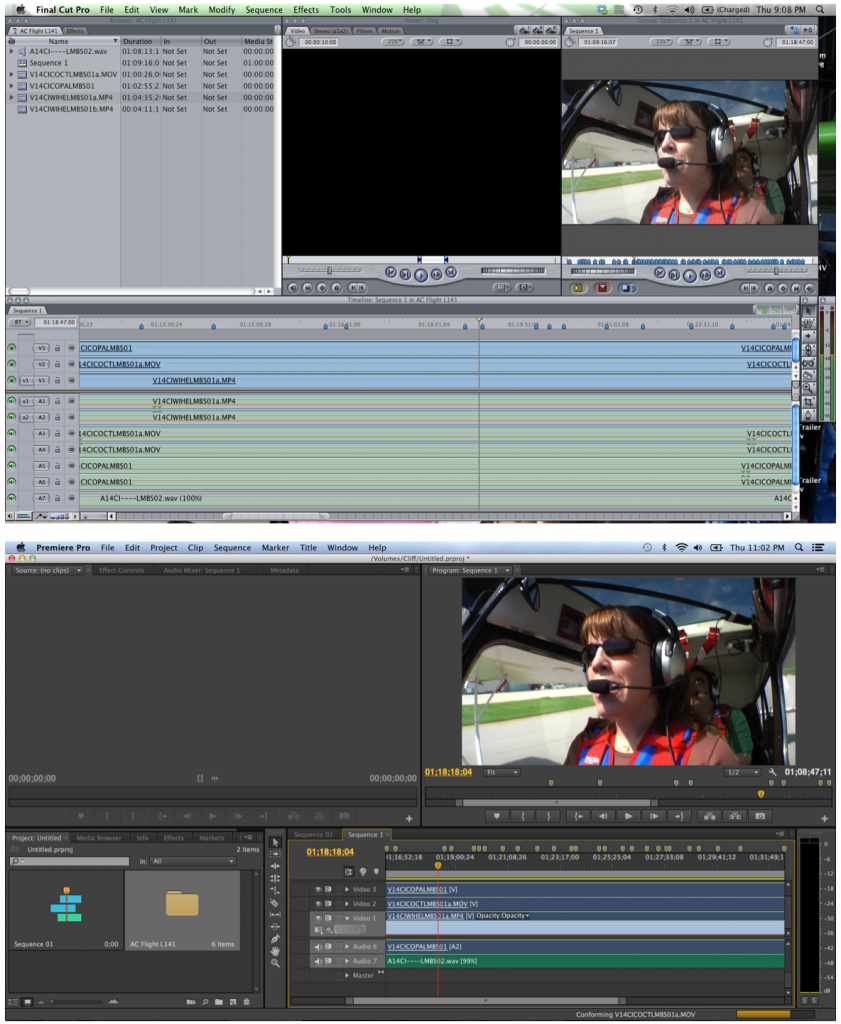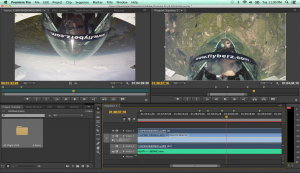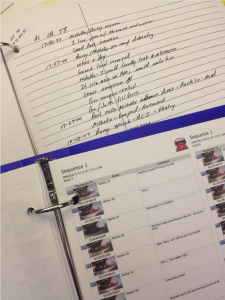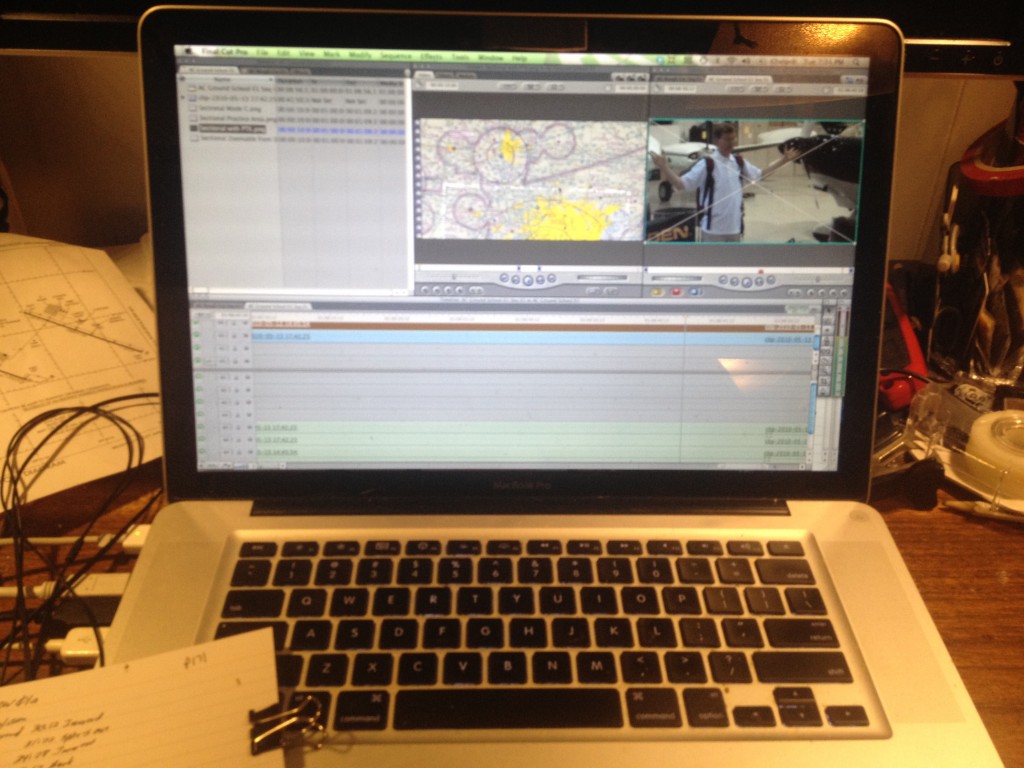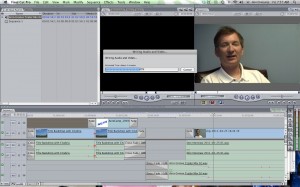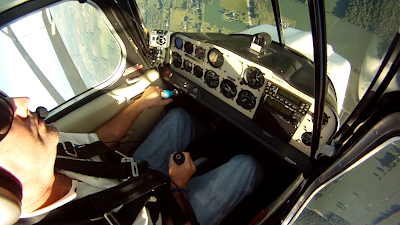We’ve all seen videos of wings with tufts on them that show how airflow breaks up over the wing in a stall, right? But have you ever wondered how the tufts felt about stalls? Or spins? Here’s your chance to listen in.
We recorded the voices at Don Weaver’s IAC presentation at Oshkosh this year. Eight volunteer voice actors stepped forward and gave their interpretations of what must be going through the minds of the tufts out there on the wing. We recorded while watching the video at half speed, then linked the audio to the video and brought it back up to about 90% of its original speed, making the voices appropriate to the tufts.
Many thanks to Kent Shook, Larry Overstreet, Nicholas Tupper, and others who voiced the tufts and to Don Weaver for giving us time during his presentation to do the voiceover!
